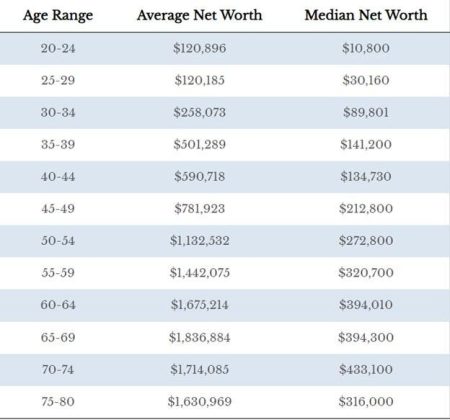The NASDAQ
NDAQ
ADBE
AAPL
Each of these can be purchased at a price below their book value, the most basic of the metrics for deep value stock screening. Each one trades with a price-earnings ratio well below that of the stock market as a whole. Each pays a dividend and each shows a history of positive earnings.
Obviously, there’s more to it than just these metrics but that’s the quick version for identifying cheap equities for further research.
4 NASDAQ Value Stocks
Columbia Banking System is one of the many regional bank stocks that got hit following the collapse of SVB
VB
This year’s earnings per share show growth of 15.10%. EPS over the past 5 years increased by 9.20%. Columbia pays investors a dividend of 6.46%. In April, Raymond James upped its rating on the stock from “outperform” to “strong buy” and Keefe Bruyette improved its opinion of Columbia from “market perform” to “outperform.
The daily price chart is here:
Mercer International is a Canadian-based paper and paper products business now available for purchase at 71% of book value. The company trades with a price-earnings ratio of 4.58, a price to sales ratio of just .25 and price to free cash flow at 11.98.
Earnings per share this year have increased by 44.90% and for the past 5 years by 19.20%. Long-term debt exceeds shareholder equity but the current ratio is a comfortable 3.10. Mercer is paying a 3.42% dividend. Average daily volume is relatively light with 563,000 shares traded.
The daily price chart looks like this:
Star Bulk Carriers is in the marine shipping business with corporate headquarters in Greece. The stock trades at 6% discount to its book value with a price-earnings ratio of just 2.12. The price to sale ratio is 1.45 and price t0 free cash flow comes in at 25.68.
This year’s earnings per share are off by 17.70% but the 5-year EPS record shows growth of 106.60%. Star Bulk pays a dividend of 7.68%. In July, Jeffries initiated a “buy” rating of the stock with a price target of $30. The stock is actively traded with average daily volume of 1.05 million shares.
Here’s the daily price chart:
Valley National Bank is another of the regional banking stocks that investors dumped as bank tremors rocked the industry earlier this year. Based in Wayne, New Jersey, the company trades with a price-earnings ratio of 7.10 and at just 66% of its book value.
Earnings per share for the most recent 12 months reported show an increase of 1.30%. The past 5-year EPS growth is 12.40%. Valley is paying a 5.39% dividend. In June, analysts at JP Morgan upgraded their opinion of the stock from “neutral” to “overweight” with a price target of $10.
Read the full article here















